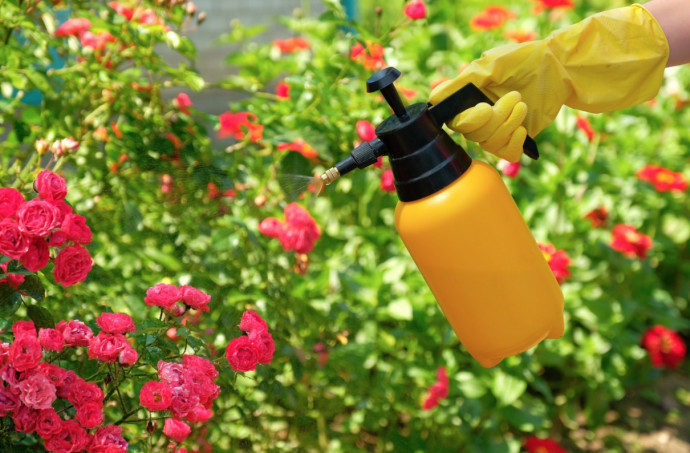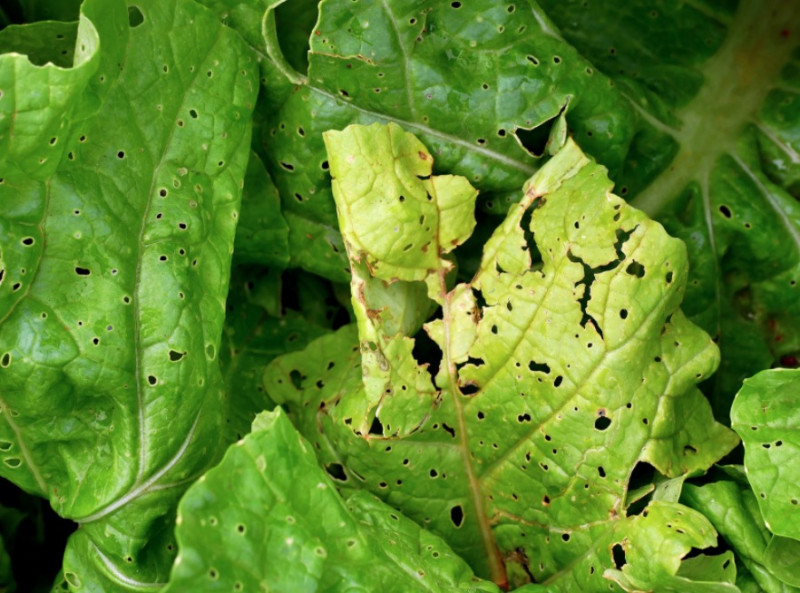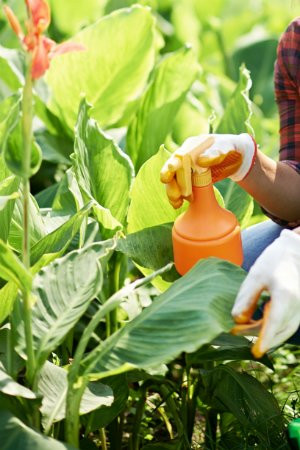How to Make a Homemade Insecticidal Soap

Are aphids gnawing on your heirloom roses? Are spider mites munching on your tomato plants? If garden pests are bugging you but you’re not a fan of toxic pesticides, take heart; there’s a safer fix.
No doubt, the best way to prevent insect damage to your plants is to discourage them from coming to your garden. This can be accomplished with a few simple steps: Keep plant foliage as dry as possible. Clean up weedy undergrowth, and pull weak plants that might be diseased (insects often attack the weak plants first and live in the messy undergrowth and garden debris). Rotate vegetable and herb crops annually, and encourage beneficial insects.

When prevention does not work, however, look for organic solutions, such as handpicking Japanese beetles or spraying off aphids with a powerful hose burst; these are effective treatments with no negative side effects. Another option is homemade insecticidal soap.
Insecticidal soap is a low-toxicity bug control solution favored by natural and organic gardeners because, when applied regularly, it maintains the ability to protect plants without resorting harsh chemical concoctions. Keep it “green” in the garden with this complete guide on when, where, and how to benefit from insecticidal soap.
Free of chemicals (and practically free to make), soapy water is my favorite treatment for soft-bodied insects such as whiteflies, aphids, mealybugs, mites, and thrips. Fatty acid from the soap melts the insects’ cell membranes, so spraying directly on the bug is critical for this all-natural solution to work. The soapy film left behind on the plant leaves also discourages other insects from taking a bite.

Supplies needed
– 1gallon jug of distilled water
– Pure soap; all-natural or castile works well, do not use oil-based dish soap
– Vegetable oil
– Clean spray bottle (or pump sprayer)
How to
1. Fill a 1-gallon jug with water (either distilled or tap). Add 2-½ tablespoons soap and 2-½ tablespoons vegetable oil.
2. Shake well.
3. Spray.
Before you spray
Although insecticidal soaps are safe for many flowers and vegetables, a few plants are sensitive to the solution and can suffer leaf damage. Among the most susceptible plants are sweet pea, begonia, impatiens, azalea, and rhododendron. If it’s the first time you’ve treated a plant and you’re unsure whether it’s safe to use insecticidal soap, err on the side of caution and do a sensitivity test first. Spray the solution on just two or three leaves of the plant, and then examine the plant after 24 hours. If the leaves have wilted, do not treat the plant with insecticidal soap. But, if the leaves look just as healthy as they did before, it’s safe to spray the rest of its limbs regularly.
Tips
Spray an even mist of insecticidal soap where garden pests typically hide, including under leaves and on a plant’s main stem. The goal is to cover all plant surfaces with enough spray to make the leaves wet, but you don’t have to use so much that the solution drips off the leaves. And, because this mixture is entirely eco-friendly, it’s safe to spray directly onto fruits and vegetables such as peaches, apples, tomatoes, zucchini, and pumpkin. Don't forget to repeat the application process every four to seven days, as needed. Because insecticidal soap only kills insects when it’s wet, it’s a good idea to treat plants in early morning or late evening when the solution won’t evaporate as quickly as it will in the heat of the day.
